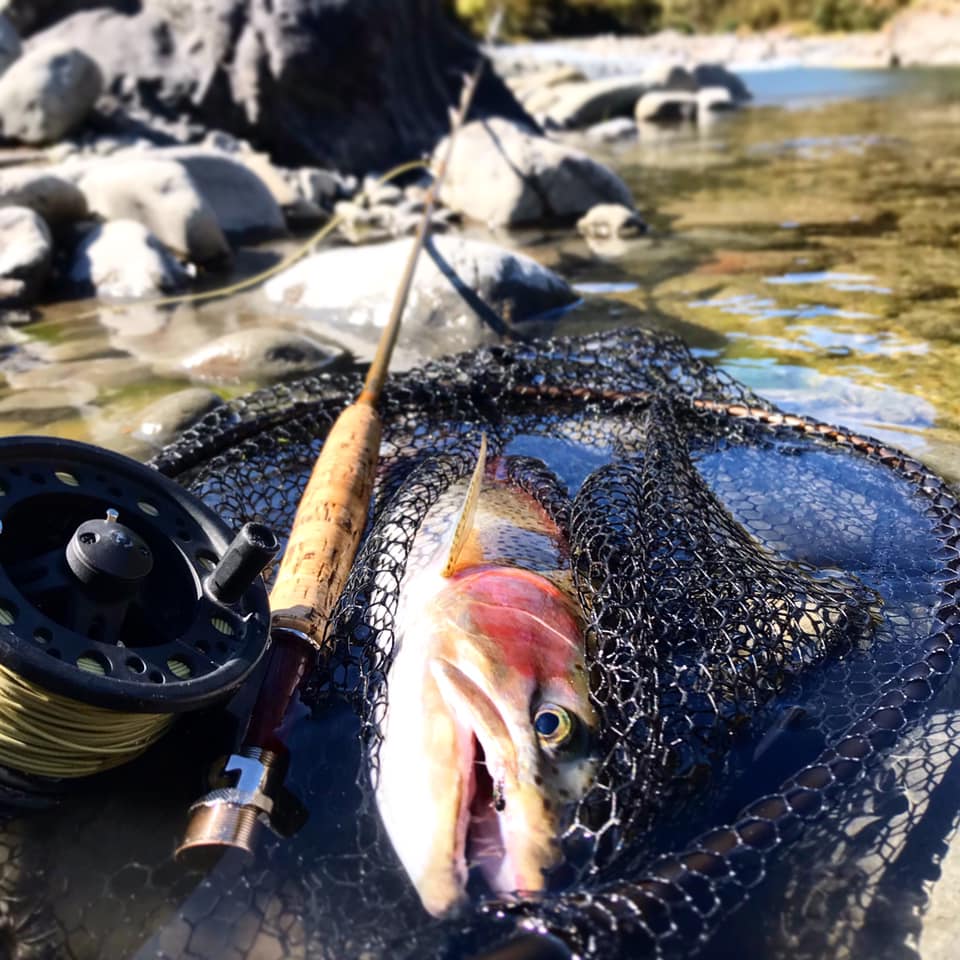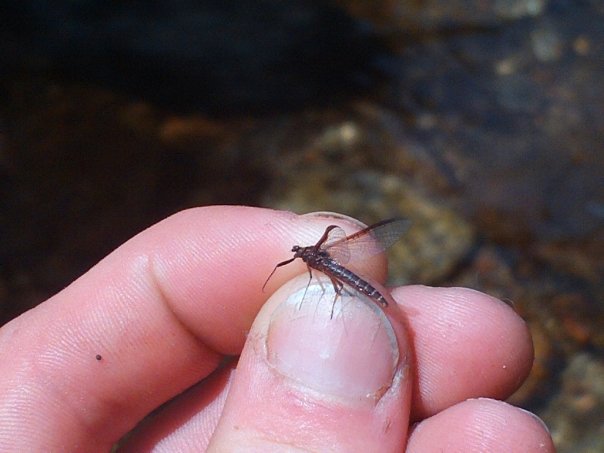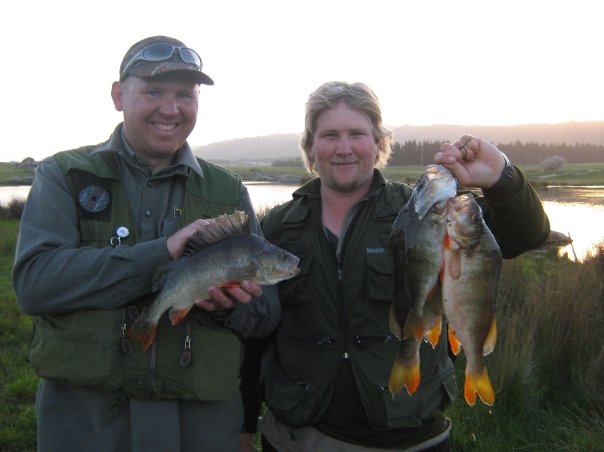Reel Life March 2021
- Otago
- 19/03/2021

Off with their heads!
To any anglers harvesting sports fish in the region − we need your help.
Studies are being conducted throughout the region on a variety of our fisheries.
One of the ways we measure fish ages, growth rates and birthing origin is with the fish’s ear bone, the otolith.
If any of the following fish species are harvested in the places specified, we would really appreciate their heads.
- Salmon from Lake Wānaka.
- Sea-run salmon from the lower Clutha or Pomahaka rivers.
- Brown trout from the lower Clutha or Pomahaka rivers.
This will allow us to take the otoliths and collect data to help us manage the fisheries.
Over the past few years, the salmon population in Lake Wānaka has declined rapidly.
Fish and Game want to find out what is causing the decline.
There have been a few salmon caught by trolling in the lake this season, in areas such as Matukituki Bay and Wānaka faces.
If you harvest any salmon from Lake Wānaka, we would love to take the heads.
Above Right: a brace of Lake Wānaka salmon, ready for the table
Please note that we have enough samples from lakes Wakatipu and Hāwea, and only require Lake Wānaka samples.
Next, we have the big guys, sea-run salmon.
Like many other sea-run salmon populations in the country, our Clutha River catch rate has fallen sharply.
We would like the heads of any sea-run salmon harvested from the Clutha or Pomahaka rivers, downstream of the Roxburgh Dam.
The final set of heads we want is from brown trout harvested from the Pomahaka or lower Clutha rivers, again downstream of Roxburgh Dam. This is to help us with the brown trout origin study, outlined in last month’s issue of Reel Life E-zine
For any of these samples, please bag and freeze the head, and record the length, total weight (that is, whole and ungutted), as well as the date and location of capture.
Then contact Otago Fish and Game for collection:
Dunedin office: 03 477 9076
Central Otago office: 03 445 4418
Back country rivers

Our backcountry rivers are producing great fishing for Kiwi anglers willing to put in the legwork.
A lot of our country has taken a downturn with the closed borders.
However, this is the season for Kiwi anglers to enjoy our rich angling resources, thanks to the lowest amount of fishing pressure experienced in many decades.
Many of our balloted fishing beats in the Greenstone fishery remained unfished throughout the ballot period. Rangers in many other backcountry fisheries have found lower than usual numbers of anglers, too.
Still, warm autumn afternoons can produce exceptional mayfly hatches.
As the leaves yellow on the trees at the river’s edge, dry fly fishing really heats up.
In the afternoons, mayflies will be hatching on all our stable rivers.
Areas such as the mid-Taieri, Manuherikia and upper Clutha have great hatches throughout the later season.

Try the dry
Water cools down, and the fishing heats up!
The days are getting shorter, and the shadows are getting longer.
As the month of April progresses, many anglers around Otago are wandering hills with rifles or starting their preparation for the upcoming waterfowl season.
However, there is some of the best fishing of the year to be had over the next month.
Brown trout are starting to think about spawning.
Mature fish that have been lurking in the lakes, estuaries or sea are heading towards the small spawning streams of the headwaters.
For sea-run brown trout, fishing silver spinners such as Tobies or Hex Wobblers, or soft plastics, can be effective.
An incoming tide is a great time.
Another excellent time is around one or two hours after high tide.
As the current increases, baitfish are pushed into the eddies and slack water at the water’s edge, where the trout cruise, looking for an easy meal.
Fishing the mouths of the rivers and streams at this time of year can be fruitful.
Brown trout will often hang around the deltas, waiting for a fresh before starting their spawning run.
Soft plastics or the classic black and gold toby will work well.
Fly anglers fishing either the lakes or estuaries will do well with streamer flies.
Brown trout become increasingly aggressive and will take woolly buggers, rabbit flies or matuka patterns.

Covering the water methodically can produce great perch in some of our Otago waterways
Perch are also feeding with a vengeance at this time of year.
In cooler waters, perch are known to partially hibernate, so during the autumn months, they are trying to pack on as much weight as they can before the cold weather sets in.
Remember that perch often school up, so once a perch has been caught, fish thoroughly in the same area.
Large perch are also cannibalistic, so if you are catching small ones, there might be a giant lurking around the fringes of the school of smaller fish.
Useful links:
- Otago Fish & Game Facebook Page: https://www.facebook.com/Otagofishandgame
- The Otago Regional Council water monitoring website provides a wealth of information regarding flows, levels and rainfall around the region. The map allows quick access to flow information regarding your favourite spot.
https://www.orc.govt.nz/managing-our-environment/water/water-monitoring-and-alerts
- Walking Access Commission Maps (WAMS) – showing public-accessible areas in New Zealand.
https://maps.walkingaccess.govt.nz/OurMaps/
- Otago Regional Council pollution hotline: 0800 800 033
Tight lines.
Ben Sowry, Otago Fish & Game Officer